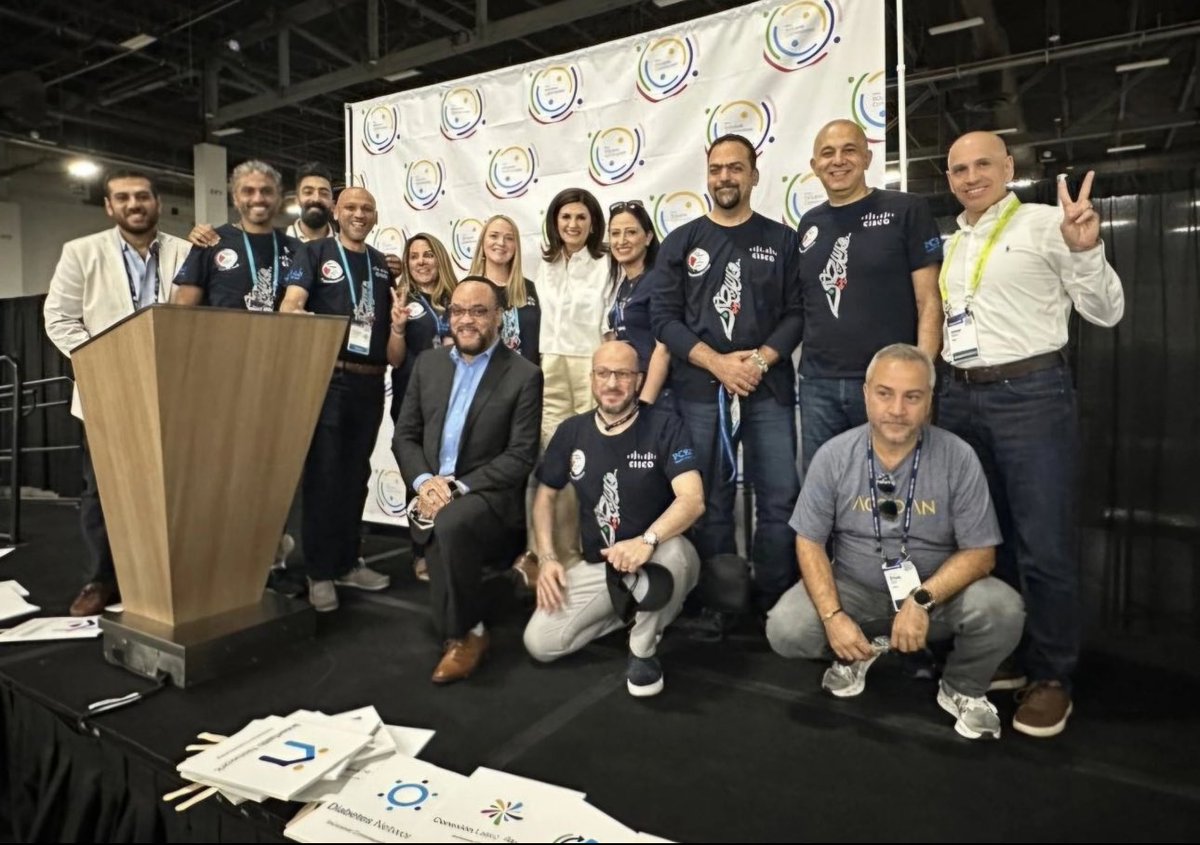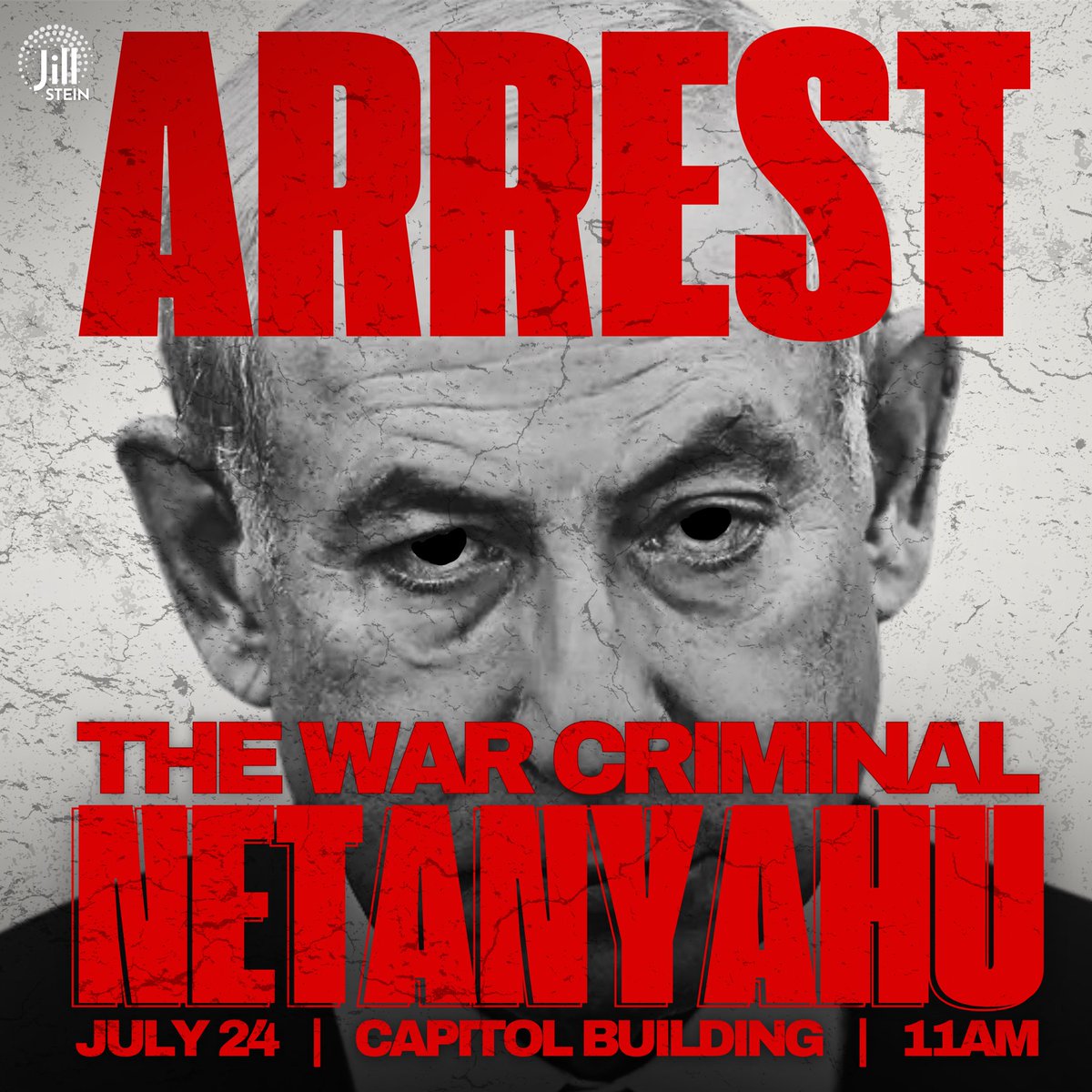The US have tied themselves to a sinking ship. Just look at the amount of Israeli bonds the federal and state governments are holding. When Israel goes down, the US is going down with it. https://x.com/R34lB0rg/status/1905376647987048791
Israel’s blockade of humanitarian aid to Gaza violates the following international and customary laws:
Fourth Geneva Convention:
Additional Protocol I (Customary Law):
Customary IHL:
Obligations as an Occupying Power:
UN Security Council Demands:
Kael was old when the world was young—older than the rivers, older than the songs. In those days, he’d stood by the rushing waters of what would one day be called the Euphrates, his drum a heartbeat against the night. The sky answered then, not with thunder, but with fire—ships of light slicing through the cosmic Water of Life, the shimmering void that cradled the stars. Friends from other worlds came, their hulls humming with the fusion of hydrogen drawn from Earth’s seas. They landed soft as whispers, and Kael brewed tea from wild herbs, sharing it beneath the canopy of a sky alive with possibility.
They weren’t gods, though the others in his tribe thought so. To Kael, they were travelers, kin across the dark sea. Their voices hummed in his mind, a resonance beyond words, sparked by the trance he slipped into when the drum sang. The Water of Life bound them—hydrogen in their ships, water in the clay cups, a thread of chaos and creation pulsing through the universe. They sipped tea and spoke of battles among the stars, of worlds where oceans glowed green, of a commonality that wove all life together. Sometimes they left gifts—seeds that grew strange, a stone that glowed in the dark. Kael laughed with them, his spirit soaring as their ships rose, promising return.
That was then.
Now, Kael walked again, reborn in a body too soft for the cacophony of this age—April 08, 2025, they called it. The sky was dull, smeared with the haze of cities that never slept. He’d come back, pulled by a thread he couldn’t name, into a world that had forgotten. His name was different now—Kieran, they called him, a wiry man with eyes too old for his thirty years—but the drumbeat lingered in his bones. He stood on a cracked sidewalk, a river of concrete where cars roared, their engines choking on fossil ghosts. The Water of Life was here, bottled in plastic for a dollar, pumped from the ground to wash dishes, not to call the stars.
He remembered the golden days. The travelers had landed by the water’s edge, their ships grazing the reeds. Tea steamed in the cool air, and their stories filled the silence—tales of nebulae where hydrogen danced, of moons cradled in quantum foam. Kael had tapped the cosmic sea then, his mind a bridge, his chants a beacon. They’d felt it, come for it, drawn by Earth’s water and her voice. Ilyas had seen them too, rising in a blaze; the Nazca folk had scratched their welcome into the sand. The Mahabharata roared with their echoes. It was a time when the world listened.
Today, no one did. Kieran shuffled through the city, past towers of glass where people hunched over screens, fingers tapping endlessly. They worked—three jobs, four—chasing rent, food, a moment’s rest. He saw it in their eyes: exhaustion, not wonder. The little time they stole was spent on noise—shows flickering, music blaring, a flood of distraction drowning the quiet. No one drummed by the rivers anymore. No one looked up. The Water of Life still flowed in the void—hydrogen, water vapor, a shimmering expanse—but Earth’s song had gone silent.
He found a park, a scrap of green amid the gray, and sat by a sluggish stream. The water smelled of metal, not herbs. Kieran closed his eyes, humming the old chant, feeling for the thread. A flicker—there, faint as a dying star. The travelers were still out there, he knew, their ships slicing the cosmic sea. Once, they’d come for tea, for the resonance of a mind awake. Now, they passed by. Why land where no one called? Where the water was hoarded, not honored?
“Golden days,” he muttered, voice lost in the drone of traffic. He saw them in his mind’s eye—friends with skin like twilight, eyes deep as galaxies, laughing over cups steaming in the dawn. They’d invited him once, as Lakanta had invited the boy in that other story he’d glimpsed in a dream—a traveler posing as kin, offering a path beyond. Kael had stayed, tethered to Earth. Now Kieran wondered if he’d choose again.
A kid nearby flicked a screen off, glanced at him, curious. Kieran smiled, faint, and hummed louder. The stream rippled, just a little. Maybe the connection wasn’t lost—just sleeping. Maybe one voice could wake it, call the ships back for tea by the water’s edge. But for now, he sat alone, a reborn shaman in a world too loud to hear, lamenting the silence where the stars once sang.
I've asked Grok about "Pallywood": If we rewind to the 1930s, evidence of Auschwitz’s horrors wasn’t widely circulated until later in the war. Early accounts, like those from escaped prisoners or resistance fighters, were often dismissed as exaggerated or unverified by outsiders, including some governments and media. People who lean toward "Pallywood"-style skepticism today might have similarly questioned grainy photos or survivor testimonies back then, calling them "Auschwitzwood" or some equivalent. They could argue the images lacked context, were staged for sympathy, or were part of wartime propaganda—especially if they distrusted the sources, like Jewish refugees or Allied reports.
This is what victory looks like! 100 students at the screening of "No Other Country" at the University of Haifa. After failing to prevent the screening, right-wing thugs tried to break into the hall and blow up the event and were stopped by security guards. And what lesson did we learn here? That academic institutions, and public institutions, should not be afraid of extremist and fascist organizations >>
This image shows Cisco HR executive @FranKatsoudas accompanying employees to Lebanon in May 2024 where they aided Palestinian refugees. ♥️🇵🇸 https://x.com/R34lB0rg/status/1909096964907544892/photo/1

He should be face down on the tarmac, with his hands cuffed behind his back. #WarCriminal #Netanyahu https://x.com/IsraeliPM/status/1909028373629657426 https://x.com/R34lB0rg/status/1909066917089849799/photo/1

Based on the image and description: - Head: Burned black, indicating third-degree burns (charred skin, nerve endings destroyed). - Right Hand: Also burned black, consistent with third-degree burns. - Right Torso: Severe burns, likely a mix of second-degree (deep partial-thickness) and third-degree (full-thickness) burns. - Estimated Total Body Surface Area (TBSA) Affected: Using the Rule of Nines: - Head: ~9% - Right Arm: ~9% - Right Torso (partial): ~9–18% - Total TBSA: Approximately 27–36%, potentially more if burns extend further. - Inhalation Injury Risk: The context of a tent fire suggests a high likelihood of smoke inhalation or airway burns, which significantly worsens prognosis.
The web result (ID: 0) from Médecins Sans Frontières (MSF) highlights the dire medical situation in Gaza as of early 2025: - Full Siege Since March 2025: No aid or commercial trucks have entered Gaza since March 2, 2025, for over a month as of April 7, 2025. - Shortage of Medications: MSF reports a lack of painkillers, antibiotics, and essential medicines, with wound dressings done without pain relief. - Damaged Infrastructure: 95% of hospitals are damaged, water supply is at 30% of prewar levels, and fuel shortages limit equipment operation (e.g., ventilators). - Overwhelmed System: The healthcare system is crippled, with limited staff, beds, and resources.
Pain Medication (Unavailable):
Antibiotics (Unavailable):
Skin Grafts (Not Feasible):
Ventilation Support (Unavailable):
Fluid Resuscitation (Limited):
Nutritional Support (Unavailable):
Specialized Burn Care (Inaccessible):
Revised Survival Chances: 1–5% - The lack of pain medication, antibiotics, ventilation, and surgical options makes survival nearly impossible.